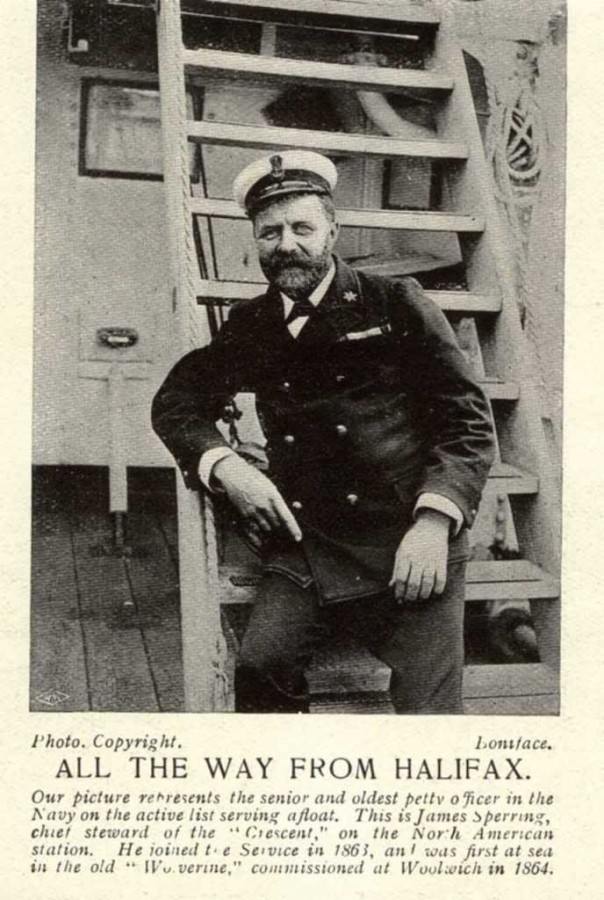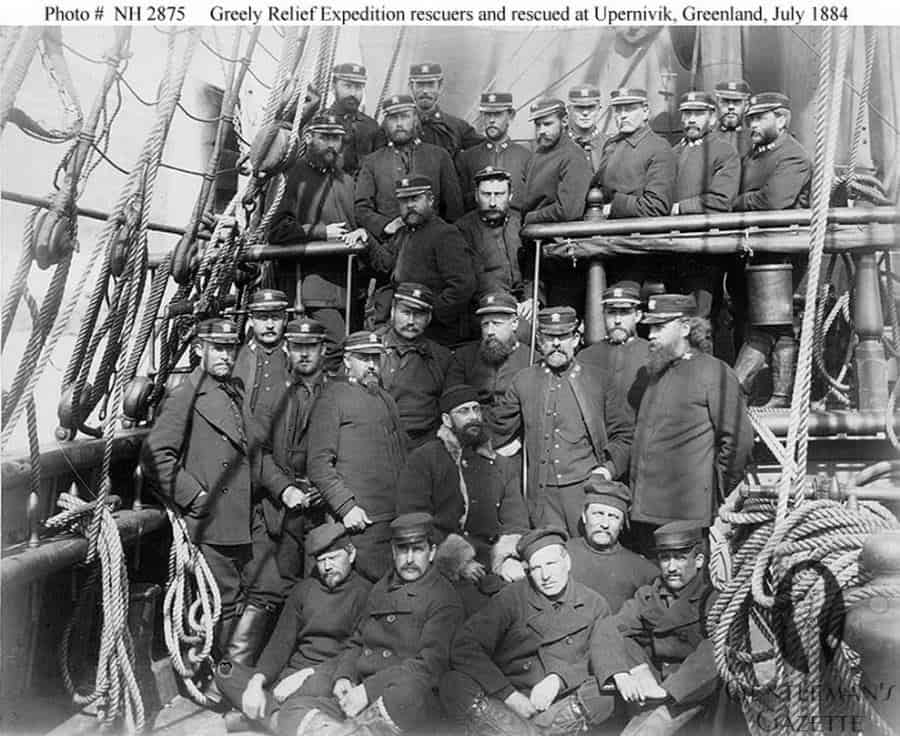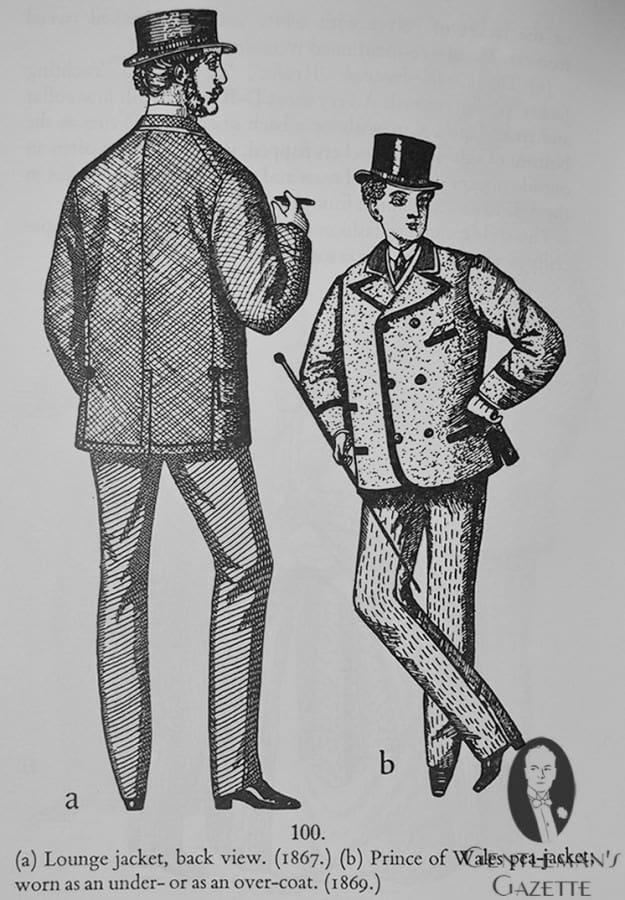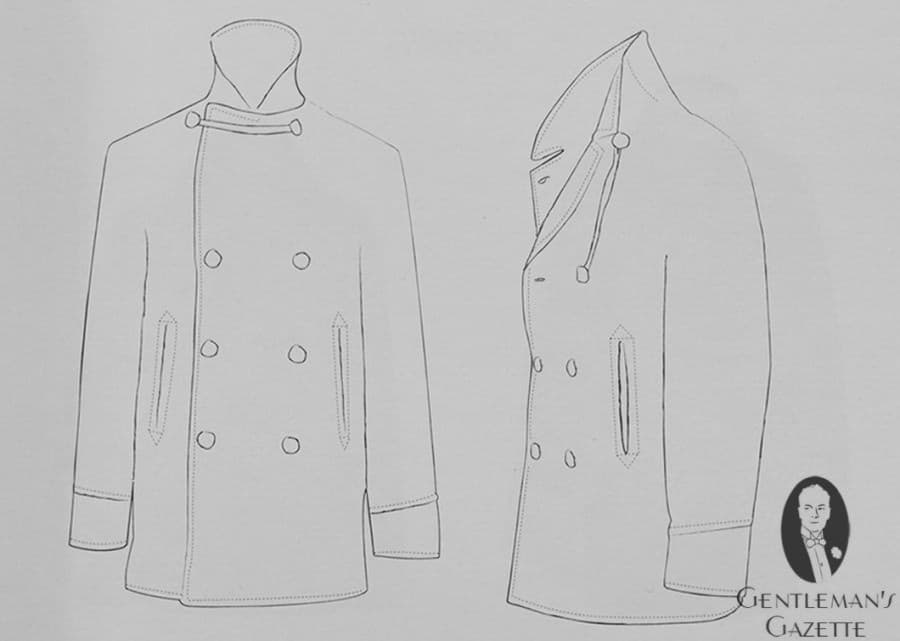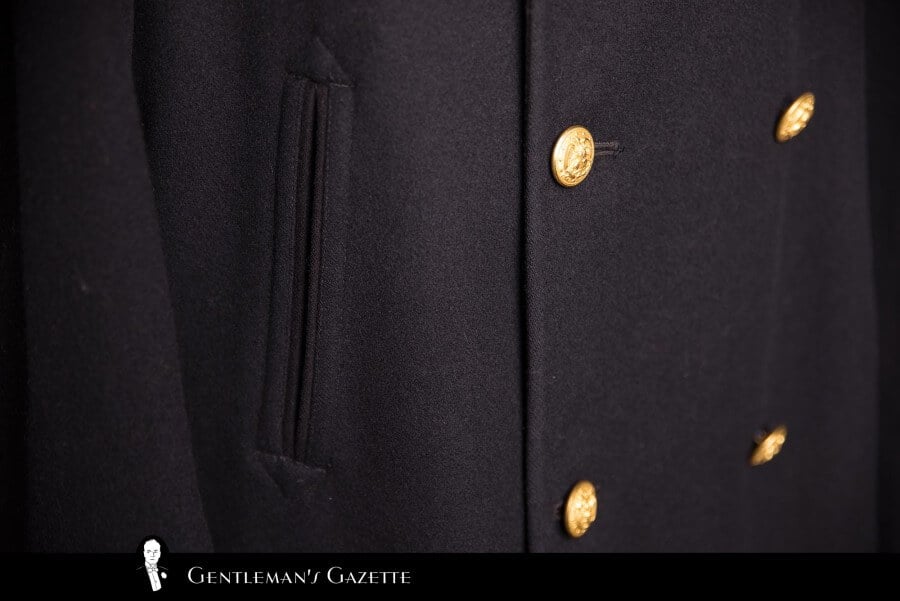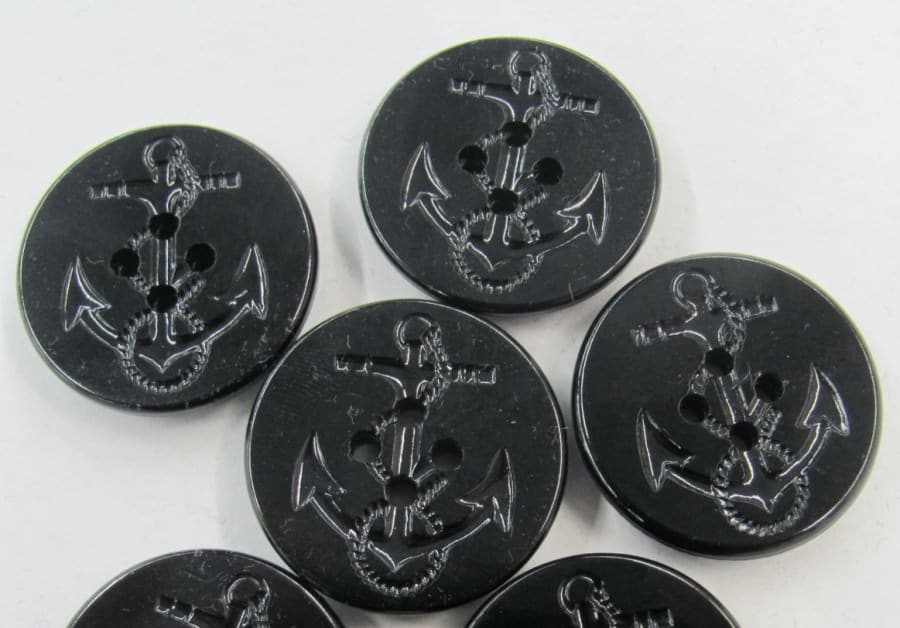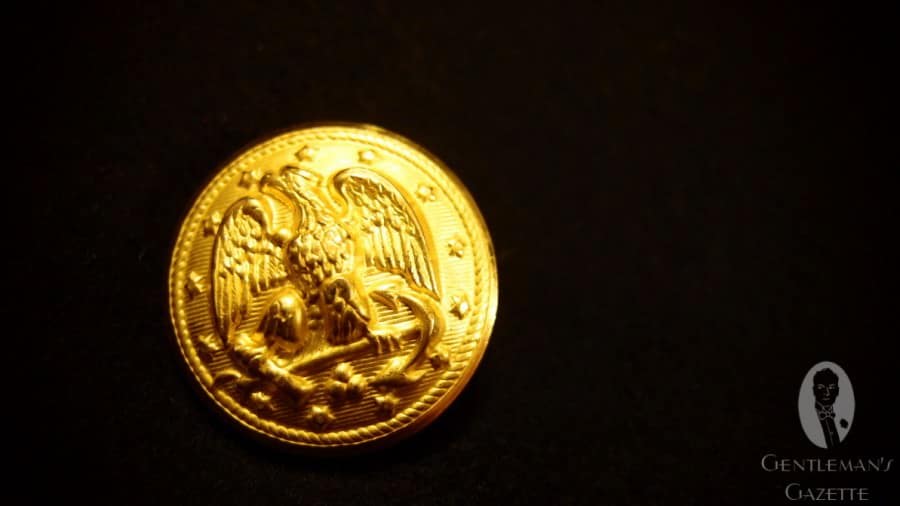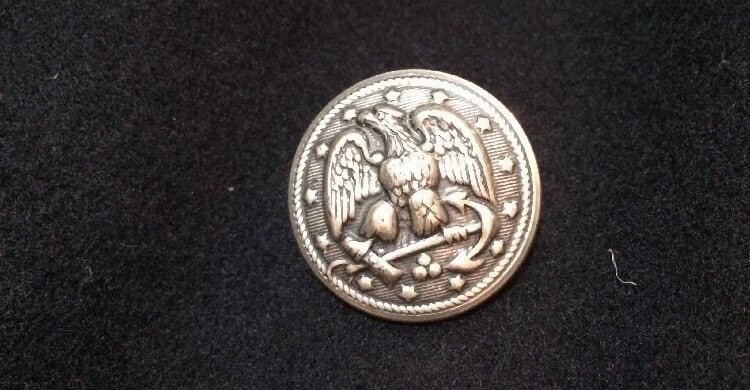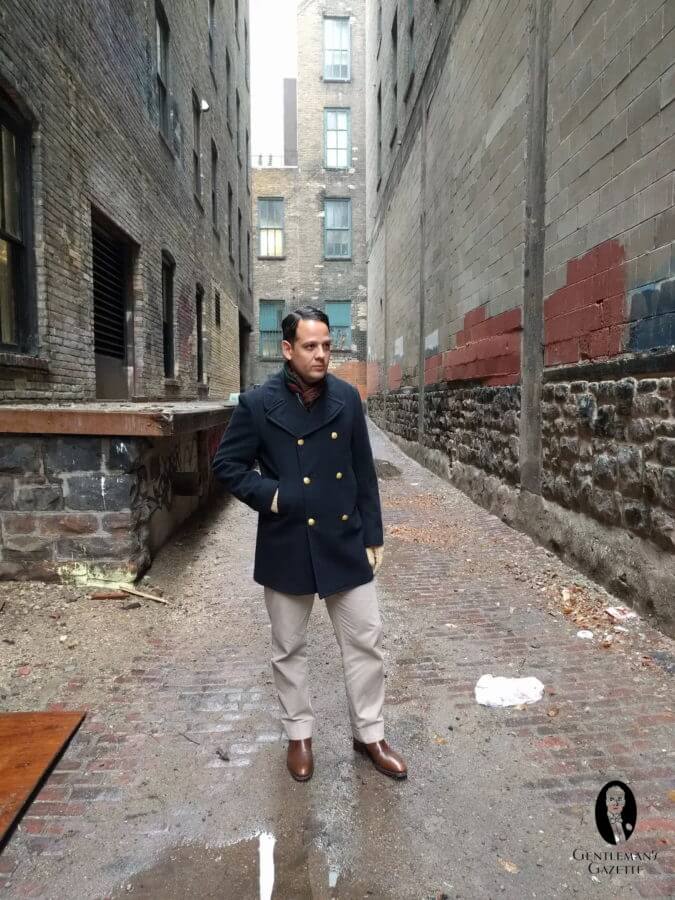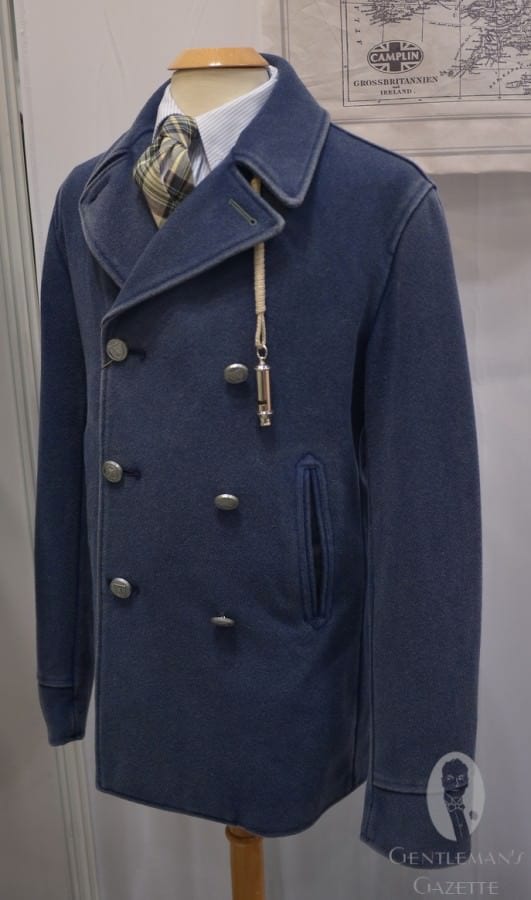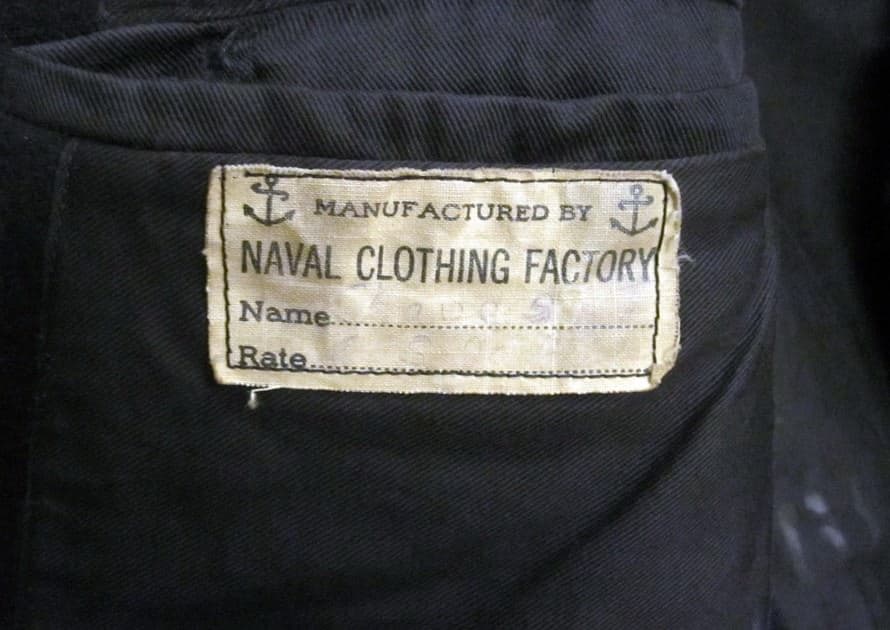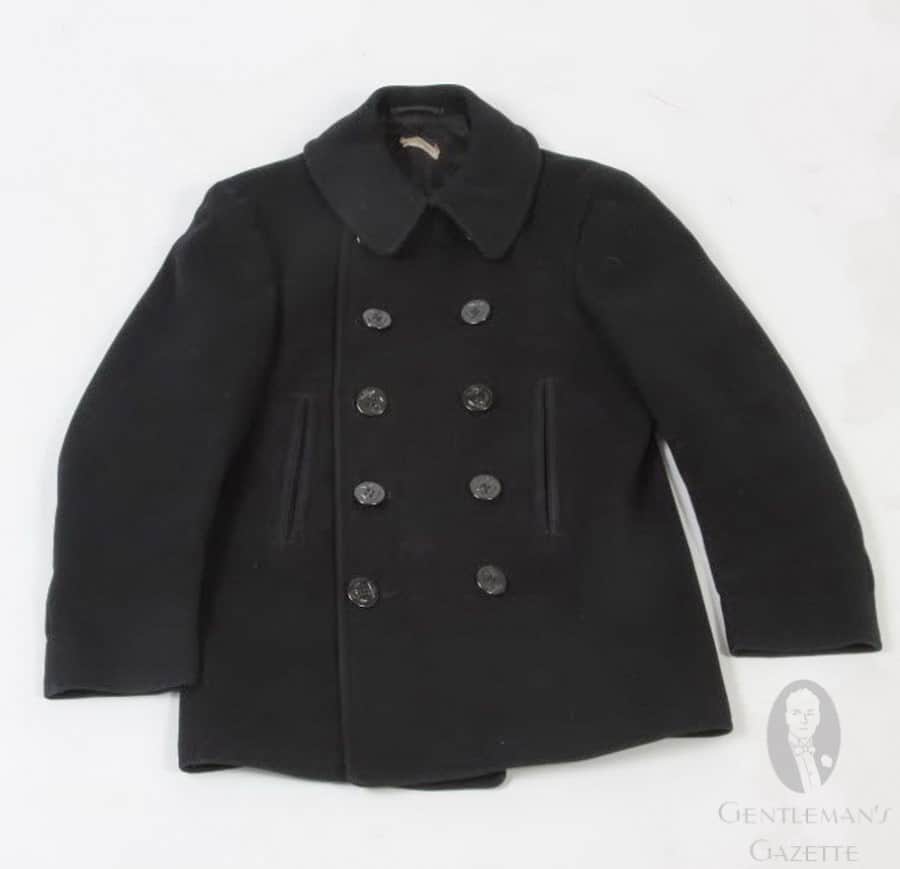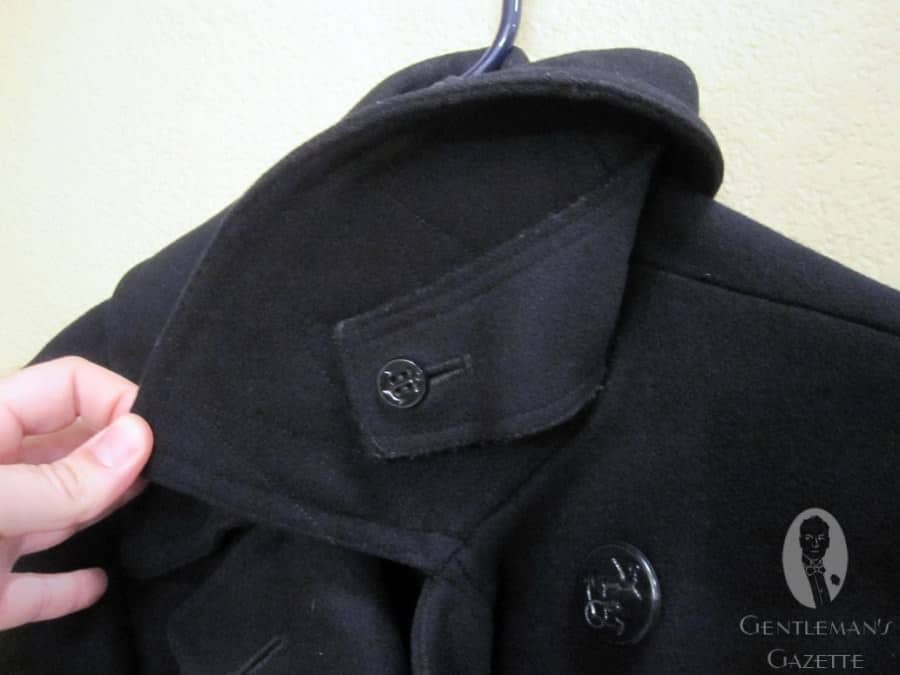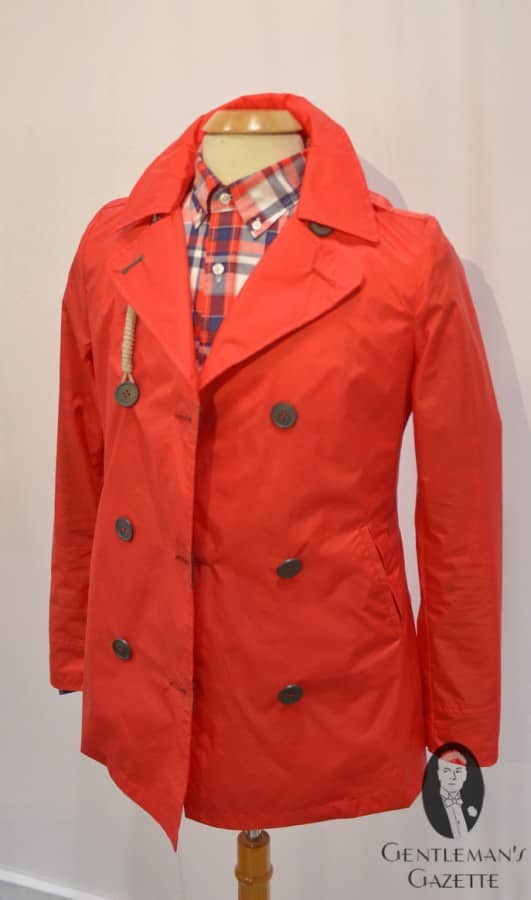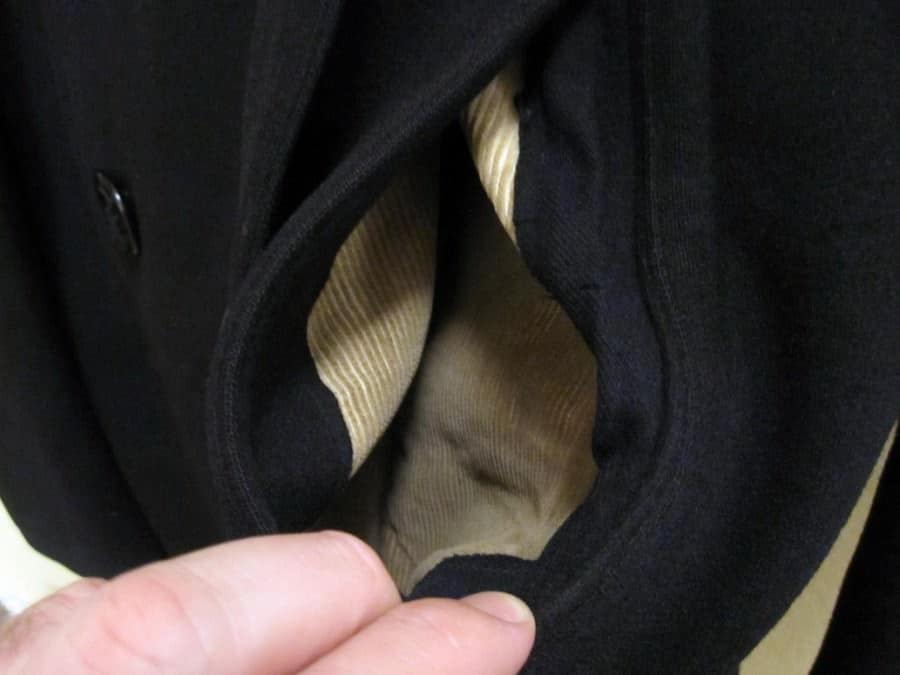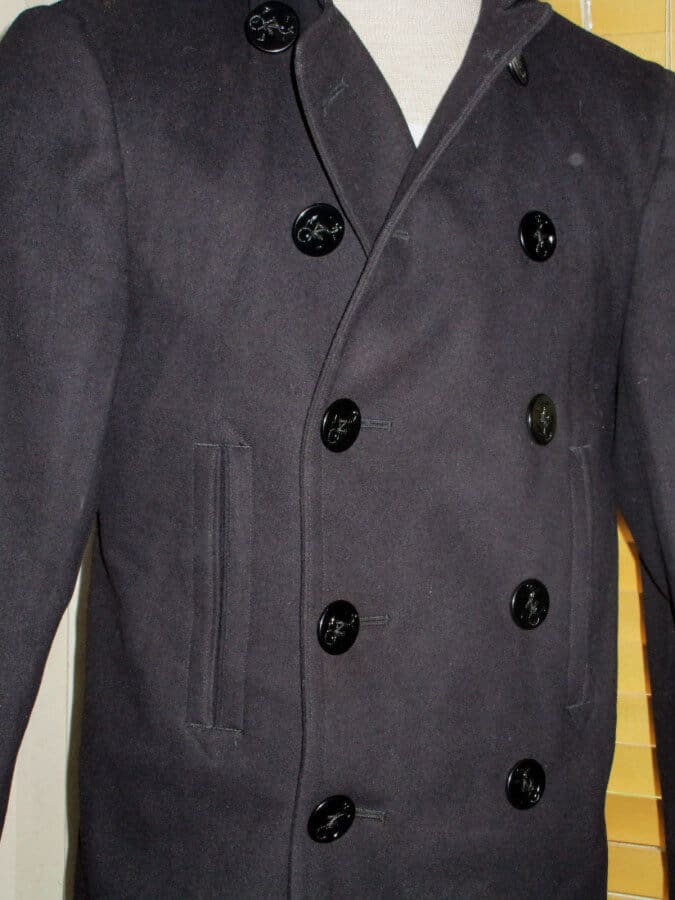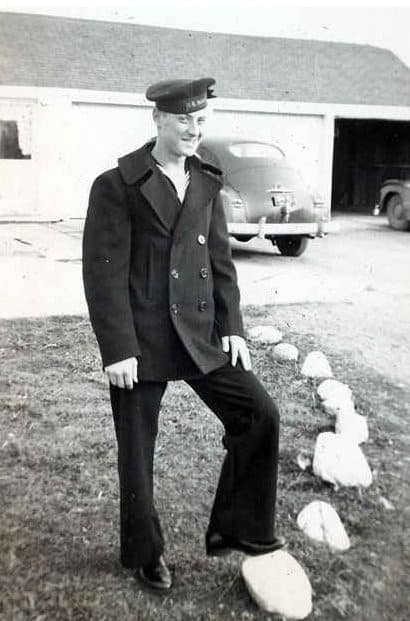Two General Pocket Square Tips
Before we walk through the pocket square folds, it’s important to keep two things in mind; first, different pocket squares have different sizes. For example, those that are too small will likely disappear into your pocket. Ideally, you want something that works perfectly for your chest pocket. At Fort Belvedere, we’re firm believers in producing pocket squares that make you look your best, and that means every material corresponds to a different size, because no two textures, stiffnesses, and weights are the same.Secondly, as is the case with a self-tied bow tie, you never want your pocket square to look like it’s folded too perfectly, too neatly, or too symmetrically. Why? Because you want to strive for a nonchalant elegance that just looks like the square fell into place, and not like you ironed a fold into the pocket square; this will make it look like a pre-folded one, and that’s never stylish.
1. Classic Fold
The classic fold is also known as the square fold, the straight fold, the TV fold, or the presidential fold. It’s a very traditional fold, typically seen on news anchors, at weddings, or maybe in formal offices at a law firm. Of course, I’ll also show you how to make it look a bit more casual. In general, this type of a fold looks best with linen or cotton pocket squares which have a bit of stiffness to them.- With the square laid flat, fold in half once, then a second time (in other words, into quarters)
- With the rolled edge at the top, fold in the left and right sides (into thirds)
- Then, fold the bottom upward, so the at the total height of the square corresponds to the depth of your pocket
If I don’t want this kind of a stiff fold, I can arrange the corners so that they’re not completely straight when making the first two folds; this will make the finished square more nonchalant. If you have stronger contrast edges, you can accentuate them a little more this way. If you see an exposed tag (for this fold or any other), just make sure to fold it in so it’s not visible–or start over and just fold in a different direction. To remove a tag, a small pair of nail scissors or a seam ripper is best.
2. Crown Fold/Point Fold
This one looks particularly good with a contrast edge or some cross stitching, and a square that has a little bit of stiffness to it, such as a linen, wool, or wool-silk square. You can also work with a silk pocket square, just make sure it’s big enough so it doesn’t disappear in your pocket.- With the square laid flat, orient it so that the top corner is pointing away from you (like a diamond)
- Bring the bottom corner (nearest you) up to the top, spacing the corners slightly apart
- Bring the left and right corners up to the top, also spacing them apart, so you can see all four points
- Fold in again from both sides, and then fold up to match the depth of your pocket
The third option is to lay the square flat, pinch it in the middle, you pull it through your opposite fist, twist it by half, and then put it in your pocket. The advantage of this fold is that it always looks very effortless, and is always slightly different. Some people like it, others hate it. If you want more consistency, go with the first method; if you want more nonchalance, try the second or third method.
For a crown fold, you want to make sure that you have hand-rolled edges, because they look a lot nicer than machine-hemmed ones. A pocket square is a decorative piece and because of that, you always want to have the best possible edge which is a hand-rolled edge. To learn more about the differences in quality of hand-rolled edges, please check out the video below.
3. Puff Fold/Pinch Fold
This looks particularly dapper in a silk or silk-wool blend, because the folds break light in a very sophisticated way. I’ve made this fold with a linen pocket square before, but if it’s too stiff, chances are it will pop out over the course of the day (which doesn’t look stylish).- As with the third method for the point fold above, start with the square laid flat, pinch in the center, and run the square through your opposite fist.
- Next, twist either by a half or full rotation, then adjust the finished puff to your liking. That’s all!
A way to get a somewhat more irregular puff is to take the square by one corner and tuck it into your pocket, then repeating with the other three corners, until you’re left with a puff that you like (you won’t be able to add a securing twist this way, however).
4. Upside-Down Puff Fold
I think this one works particularly well with a silk or silk-wool pocket square (linen can be a little stiff). Ideally, the center of your pocket square has a different look than the edges. That way, you do maximum versatility and flexibility and creating a look that is unique.The upside-down puff fold is very similar to both the point fold and the puff fold:
- Start by forming a puff fold via the primary method (ending with a twist)
- Before inserting into your pocket, fold as many of the points up from the bottom as you would like to be exposed behind the puff
5. Shell Fold
This fold is unusual; you don’t see it a lot, it requires a bit of skill, and I like it with a silk or silk-wool pocket square that is sizable, otherwise, it’ll just disappear in your pocket.- Start with the square laid flat, with the backside (less colorful) facing up
- Fold in half diagonally, to create a large triangle
- Placing your index finger in the center of the long edge, fold in half again, leaving the corners separated slightly (so that the folded edge is at a slight angle, rather than perfectly straight)
- Take the corners opposite the angled edge and fold them up to the top corners, again creating a slight angle; you should now have what looks like three triangles stacked on top of each other, with the bottom two still slightly visible
- Fold in the center of the stacked edge, so you’re left with three “shells” to expose from your pocket
6. Scallop Fold
This fold really highlights the edges of a pocket square, so it works well with contrasting edges and something that is visually interesting. It is similar to the shell fold in the sense that it uses the curves of the pocket square. I think it looks particularly nice if you have a contrast edge or a cross-stitched edge. The contrast between the edge and the pocket square is important.- As with the shell fold, start with the square laid flat and the backside facing up
- Fold in half diagonally once, leaving the edges slightly askew, so that they’re all exposed
- Fold in half again along the long (folded edge), again at a slight angle, so you’re left with a triangle whose long side shows multiple pocket square edges
- With the “edge side” facing away from you, fold the left and right corners down toward the center point
- Fold in from the left and right sides again, then fold to the depth of your pocket
7. Rose Fold
This fold works especially well with patterned pocket squares, particularly where the pattern is clearly visible on both sides.- Start with the square laid flat and the backside facing up
- Fold each corner into the center, creating a diamond shape reminiscent of a package
- Pinch in the center (it may work best to use three fingers), pick up the square, and close your opposite hand around it, in a way reminiscent to the puff fold
- Pull at the puffed center, insert into your pocket, and adjust so that the corners and center are all displayed to your liking
8. Angel’s Peak Fold
This fold is very similar to a crown fold; I typically prefer the crown, but if you have a contrast edge, the angel’s peak fold puts the contrast in a different position, which can look quite elegant. Just keep in mind that this fold will require adjustment after being inserted into the pocket, so as not to look pre-folded.- Begin in the same way as you would for a shell fold:
- Start with the square laid flat., then fold in half diagonally to create a large triangle
- Placing your index finger in the center of the long edge, fold in half again, leaving the corners separated; here, the separation should be more pronounced than with a shell fold
- Take the corners opposite the angled edge and fold them up to the top corners, again with a pronounced angle; you should now have what looks like three stacked triangles, with each one distinctly visible
- You can now pull at the inside of the uppermost triangle to create a fourth point
- Fold the sides inward to slim down the square, then fold to the depth of your pocket
Bonus: Stair Fold
Of course, there are plenty of other folds than the eight we’ve profiled here. Another really popular one is the stair fold. Personally, I’m not a big fan of it because it looks very symmetrical, like I got it in a prepackaged set from Men’s Wearhouse. In my mind, the only way a stair fold looks good is if you have a center medallion and a contrast edge, and a silk-wool blend that is soft enough to actually get the right definition. If you have something too springy, like a linen fabric, it just won’t work.- With the square laid flat, orient it in a diamond shape
- Take the point farthest from you and pull it downward, past the point closest to you, creating a shape reminiscent of the Superman logo
- Still pulling on the same point, pull it back up, making sure to maintain the original fold you created at the top
- Repeat this process one to three more times, to be left with two to four parallel folds opposite you
- Fold in half along the parallel folds, in a similar fashion to the shell fold
- Bring the sides in to slim the square, then insert into your pocket










